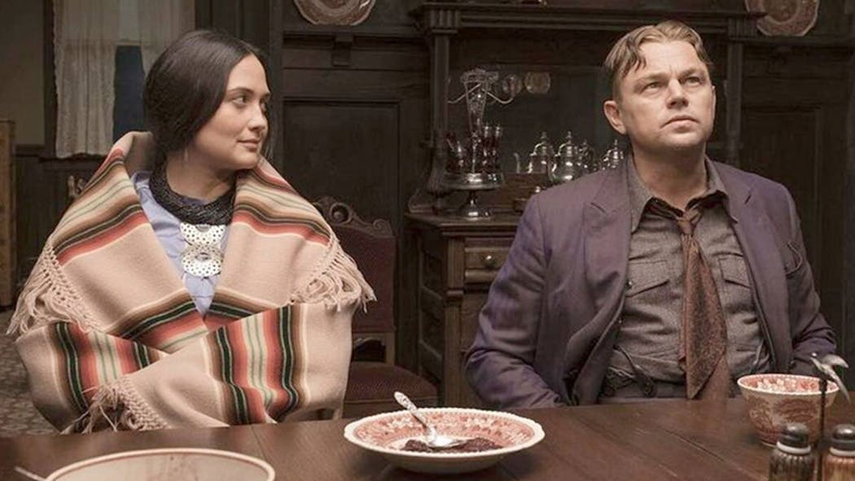Krahô of Brazil, Osage of the United States or Selknam of Chile. They are the protagonists of some indigenous films to cover the Cannes film festival, which indigenous peoples see as a new spokesperson for their cause.
Up to four films focus on indigenous issues in this edition of the most important films in the world competition.
But as some critical voices point out, there are two types of films with indigenous themes: some made by the indigenous peoples themselves, others with them.
In all these films in the French example, the filmmakers are non-native who wanted to show the truth of these communities and the historical atrocities they have witnessed.
image.png

Leonardo DiCaprio in “The Killed by the Moonflower”.
The most famous of these was the previous “The Killing of the Moonflower”, by Martin Scorsese, about a series of mysterious murders that rocked the Osage community in Oklahoma in the 1920s, after oil was discovered on their land.
The legendary film featured favorite actors, Robert De Niro and Leonardo DiCaprio, and Native American singer Lily Gladstone.
“Los colonos”, the debut of Chilean filmmaker Felipe Gálvez, tells the story of dark events in the Latin American region, the extermination of indigenous peoples with the distant colony of Tierra del Fuego.
image.png

“Los colonos”, the debut of Chilean director Felipe Gálvez, also tells the dark events of the Latin American country.
And in “Crowra”, Portuguese João Salaviza and Brazilian Renée Nader harvest the life of the Krahô in central Brazil and show the carnage they suffered in the 1940s.
Much more metaphorical is the Argentinian Lisandro Alonso and his “Eureka”, which tells the story of the Lakota in the United States and the Brazilian tribe, in films without borders.
The writers of Scorsese’s film changed their work on Osage’s recommendation.
And Argentina gave Alonso a Lakota ritual filming at the suggestion of one of the scenes in “Eureka” Sioux boy Sadie LaPointe.
“It’s time to put things on the table,” the Argentine director told AFP.
Source: AFP
